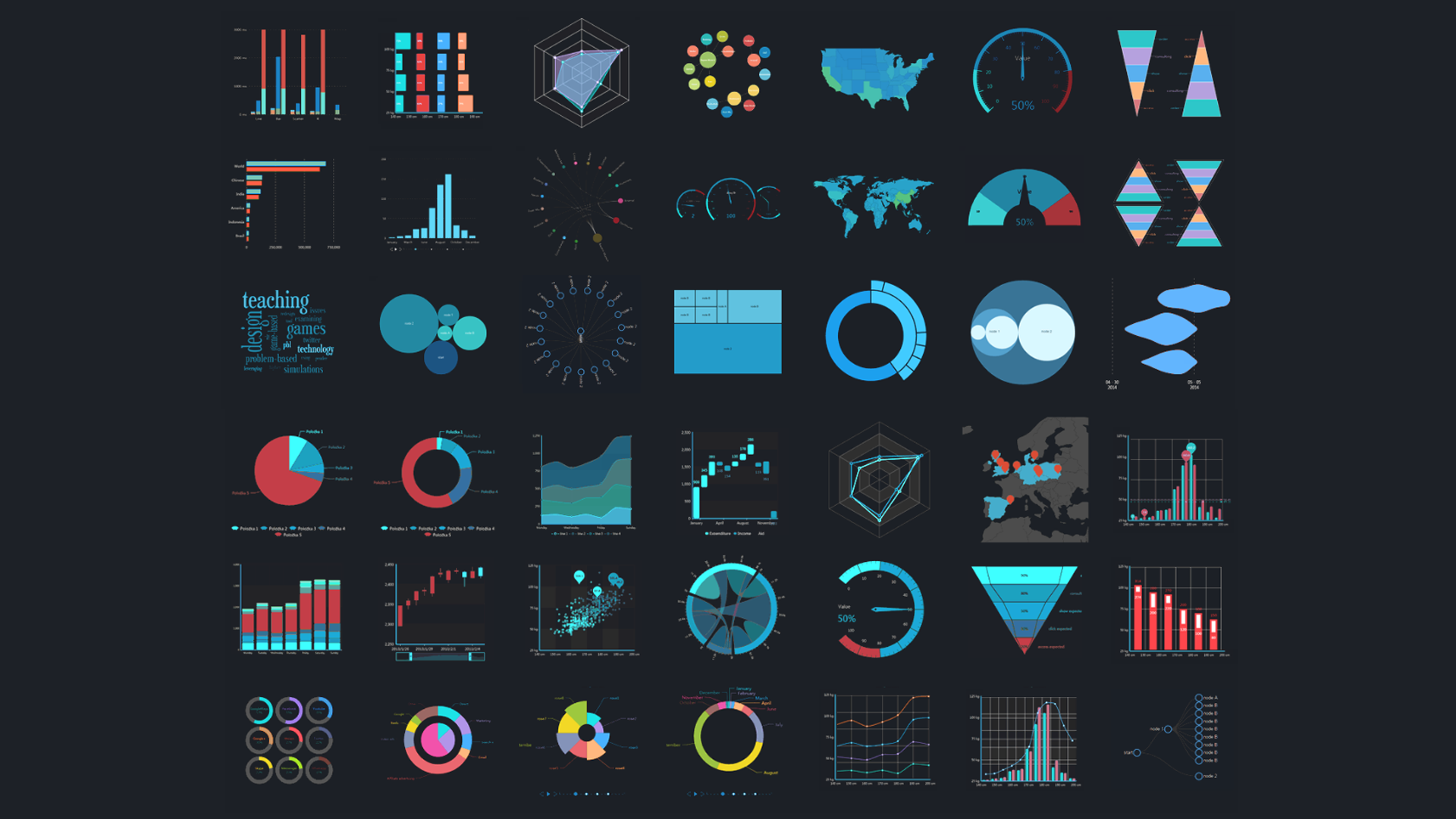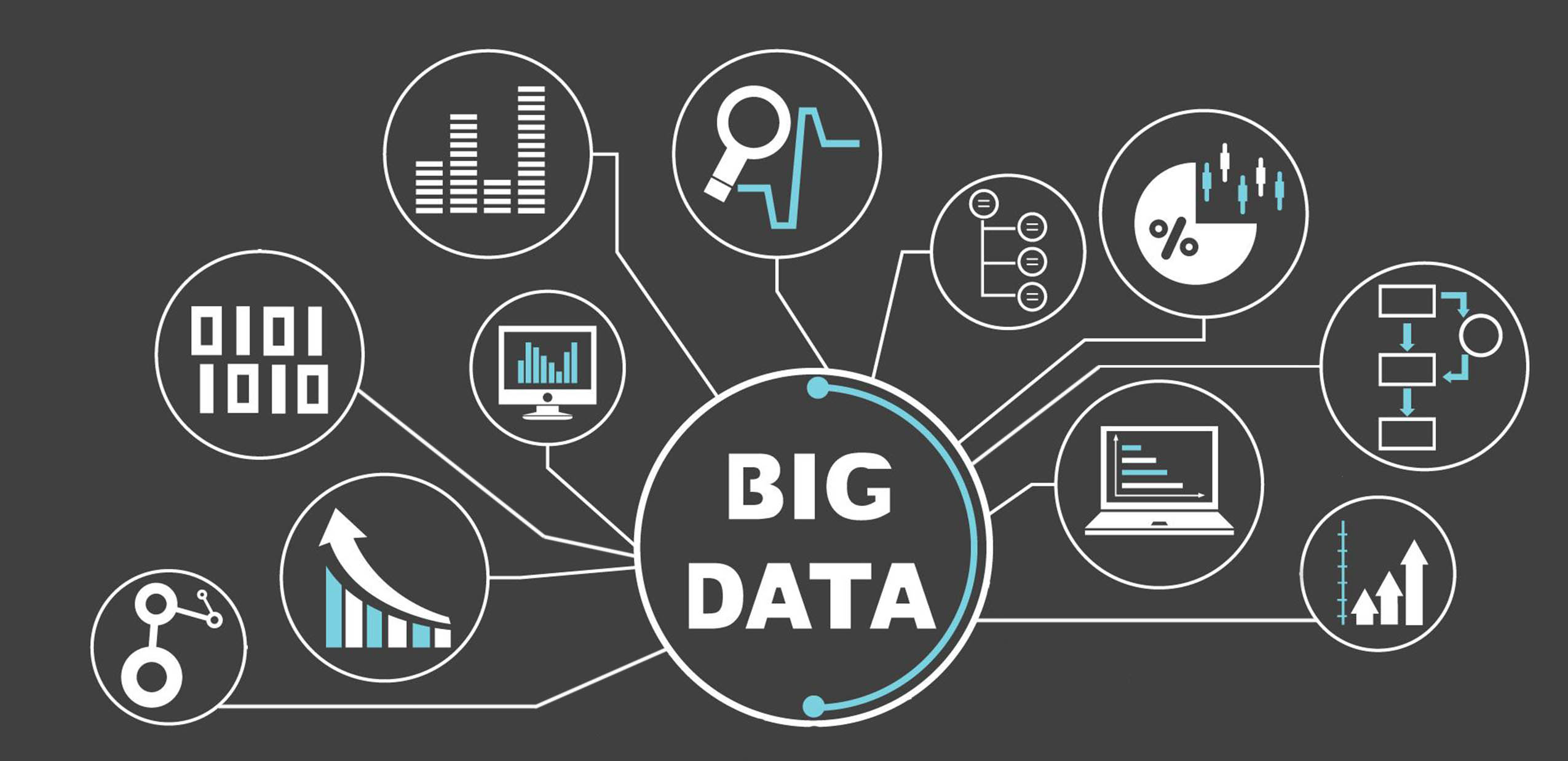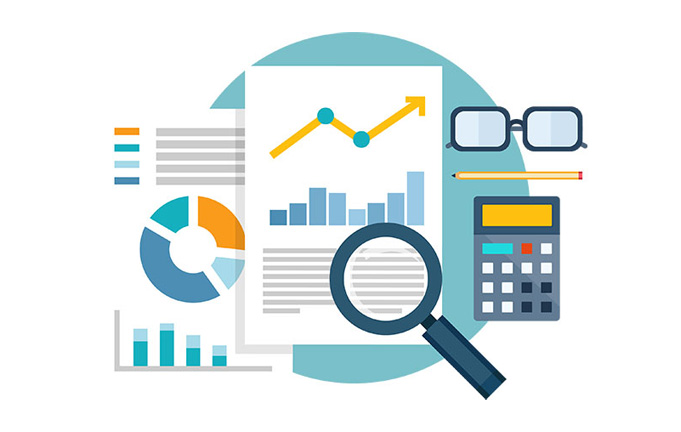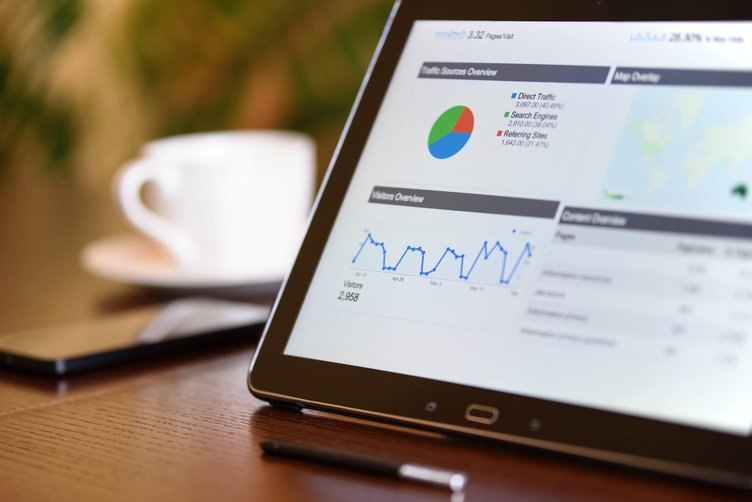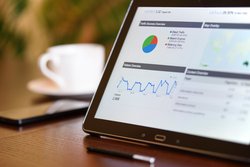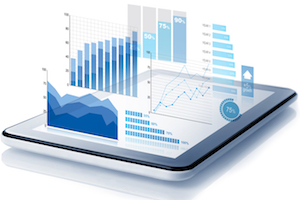Businesses need a well-trained, well-informed workforce to build a really effective data strategy. Data-driven companies can assume that every employee in their organization is capable of at least understanding a data visualization. At these businesses, skill sets like data analytics and dashboard building are common, as well.
Many companies are the direct opposite of this imagined ideal. Data knowledge is rare among these business's staff, and where it does exist, it's extremely limited in scope. These businesses don't have the human resources that they need to become modern, agile, data-driven organizations.
However, there's hope for these businesses. Agile, data-driven organizations didn't get that way overnight, and many of them started with the same lack of data expertise that data-poor businesses have now. There are ways for businesses to improve their internal data culture, boost data knowledge and literacy, and promote data fluency, without layoffs or hiring blitzes.
Two of the most important terms for business leaders to know for this initiative are 'data literacy' and 'data fluency'. While these terms might seem similar, and do refer to similar ideas, the difference between the two goes a long way to explain the success (or lack of success) of a business's data strategy.
Data literacy is how well someone can understand data, while data fluency is how well someone can incorporate data into their position. Data fluency is the next step past data literacy - an employee might be able to understand what their dashboards say, but can't figure out how to use that knowledge to benefit their business.
To build an effective data strategy and really make their business data-driven, leaders need to figure out how to drive data literacy in their organization, how to turn that data literacy into data fluency, and how to cultivate a culture of data fluency moving forward.
How To Drive Data Literacy
Data literacy is an extremely valuable quality, and even just encouraging greater data literacy among employees will do a lot of good. For businesses just starting to implement a data strategy, it can be difficult to just reach this step.
Driving data literacy doesn't happen overnight, but it's one of the most sensible investments a business can make, right up there with implementing a BI tool in the first place. A business's data is only as effective as the tools that the business has to analyze it, and if no one at the business is sure how to do that, it'll be an uphill battle.
It's very important for any business that's invested in a BI tool to drive data literacy among their workers. Businesses need data-literate employees to actually operate their BI tool, so some level of data literacy is required. Even beyond using the tool, employees that aren't data-literate won't be able to read dashboards or understand visualizations.
The first step towards building a data-literate workforce is improving access to data. Many employees aren't very good at understanding data because they're unfamiliar with everything but the most basic data visualizations. There are some kinds of visualization that people see every day, but many other visualizations that employees haven't seen since high school math class.
By making data more accessible and more visible, a lot of that unfamiliarity goes away. One major advantage of data visualizations compared to regular paper reports is that once someone's learned how to read a certain type of data visualization, they can understand that visualization in any context, not just the one they learned it in.
At some level, the more that a business uses their BI tool, the more data-literate their employees will become. This isn't always true; if a business only spreads their BI tool's visualizations across a small percentage of their workforce, then only those that actually see and interact with those visualizations will get any benefit.
In general, though, the more that a business actually uses their BI tool, and builds dashboards and visualizations with it, the more that the average employee will come to understand the tool.
In this way, increased access and increased visibility creates a positive feedback loop, where the more that people use the tool, the easier it is for other people to understand the tool. The more that someone understands the tool, the likelier they are to use it.
It's also important to encourage a culture of experimentation and creativity with the tool and the data it analyzes. At many businesses, employees are actively encouraged away from interacting with their BI tool in a self-led way. This works against the goal of data literacy and makes it harder to drive an effective data culture.
How To Turn Data Literacy Into Data Fluency
Businesses don't usually need to work to drive data literacy in a centralized, top-down way. For data literacy, a bottom-up, decentralized strategy is much more effective. With data fluency, though, a top-down approach is much more useful.
At some level, businesses don't really need to worry too much about driving data literacy with specific training or other initiatives. By changing some of their data policies, like data access, and by encouraging experimentation with data, businesses can mostly boost data literacy in a natural, employee-led way.
They can do some of the same to boost data fluency, but boosting data fluency mostly needs to be far more intentioned, purposeful, and directed. This is true for a few different reasons - first, data fluency is just a harder concept to understand than data literacy.
It's easy enough to look at a graph and understand what it says, but it's much harder to look at a graph, understand what it says, and understand what specifically should be done about it. This is what separates data literacy, a surface-level view of data, from data fluency, which puts data in its proper context and allows it to be used for insight.
With data literacy, employees can see a trend on a line chart going up, and know that the metric that the line chart is tracking is going up. Data fluency, though, is how these employees know whether that trend is something that they need to worry about, and what they should do about it, if anything.
This sort of intuitive realization is much harder for companies to cultivate in their employees. At some level, it's pretty simple to understand a line chart, but understanding how that line chart relates to company success is much harder, and usually requires at least some training on business data.
In addition, the ideal actions an employee should take when they see an unanticipated change in an important metric will change from industry to industry and even business to business. The value of a given business decision will change based on the situation.
To make things even more complicated, other metrics might affect what a good response to a business problem looks like. In the real world, changing metrics affect other metrics, and there can be a web of connection that makes even small changes have outside impacts.
Employees need training on what to do, why to do it, and how to avoid causing other problems when doing it. This sort of knowledge is central to data fluency, and can really only be obtained in a formal, top-down training session.
At its core, data fluency is about combining an employee's knowledge of the business operations they're responsible for with their knowledge of data analytics, so that they can connect the data visualizations that they see on a dashboard with actual business operations happening in the real world.
How To Cultivate Data Fluency
A high level of data fluency is very valuable for businesses, especially those who have made major investments into a BI tool. If a business's employees can't use the data analytics that a BI tool provides, then the utility of that tool will be very limited.
The best way to get value out of a BI tool is to make sure that anyone who needs access to its data can understand the data that they get, and know what to do with it. Businesses need their decision makers to be knowledgeable about data, so that they can leverage the data analytics of their BI tool towards insight.
The best strategy for promoting data fluency among the employees of an organization is a top-down, centralized training program that helps workers to understand their own jobs and the importance of their tasks on a deeper level.
One of the biggest difficulties in promoting data fluency is a disconnect between data analytics and visualizations, and the real-world operations that drive those analytics. Without training, it's very easy for an employee to not know what a metric translates to in the real world, or refuse to use dashboards because they don't understand how their business operations are communicated through it.
Helping employees to make these sorts of connections is the most important part of cultivating data fluency. Employees that realize how their dashboards connect to real-world metrics will have a far better understanding of those metrics and will know what to do when those metrics shift.
This sort of knowledge is also useful for separating real changes in a metric from errors in collection or integration. Employees that don't have real-world knowledge of their metrics have to take their metrics at face value, while employees that are more data-fluent can be more critical.
This is especially useful in industries like transportation and manufacturing, where malfunctioning sensors can often send back junk data. If one sensor on an assembly line starts returning junk values, while the others stay normal, it's very easy for a data-fluent employee to catch the error, while other employees might assume that the junk data represents a real problem with the assembly line.
Turning Data Literacy Into Data Fluency
Both data literacy and data fluency are important for any business trying to build an effective data strategy. Data literacy is the first line of defense, helping businesses to understand their data better by encouraging dashboarding and visualization.
Data fluency represents a step beyond data literacy. With data fluency, businesses go from simply monitoring their operations with dashboards, to actually using the data within those dashboards to make decisions and drive insight.
Data-driven businesses should make promoting data fluency a large part of their internal data strategy. Promoting a deeper understanding of the processes that drive their metrics and how they connect to the data that a business collects is extremely helpful for providing valuable data insight.
To learn more about driving data literacy in an organization, read our article about it. If you're still looking for your perfect BI tool, check out our rankings of the best BI tools for data analytics and the best BI tools for data discovery.



